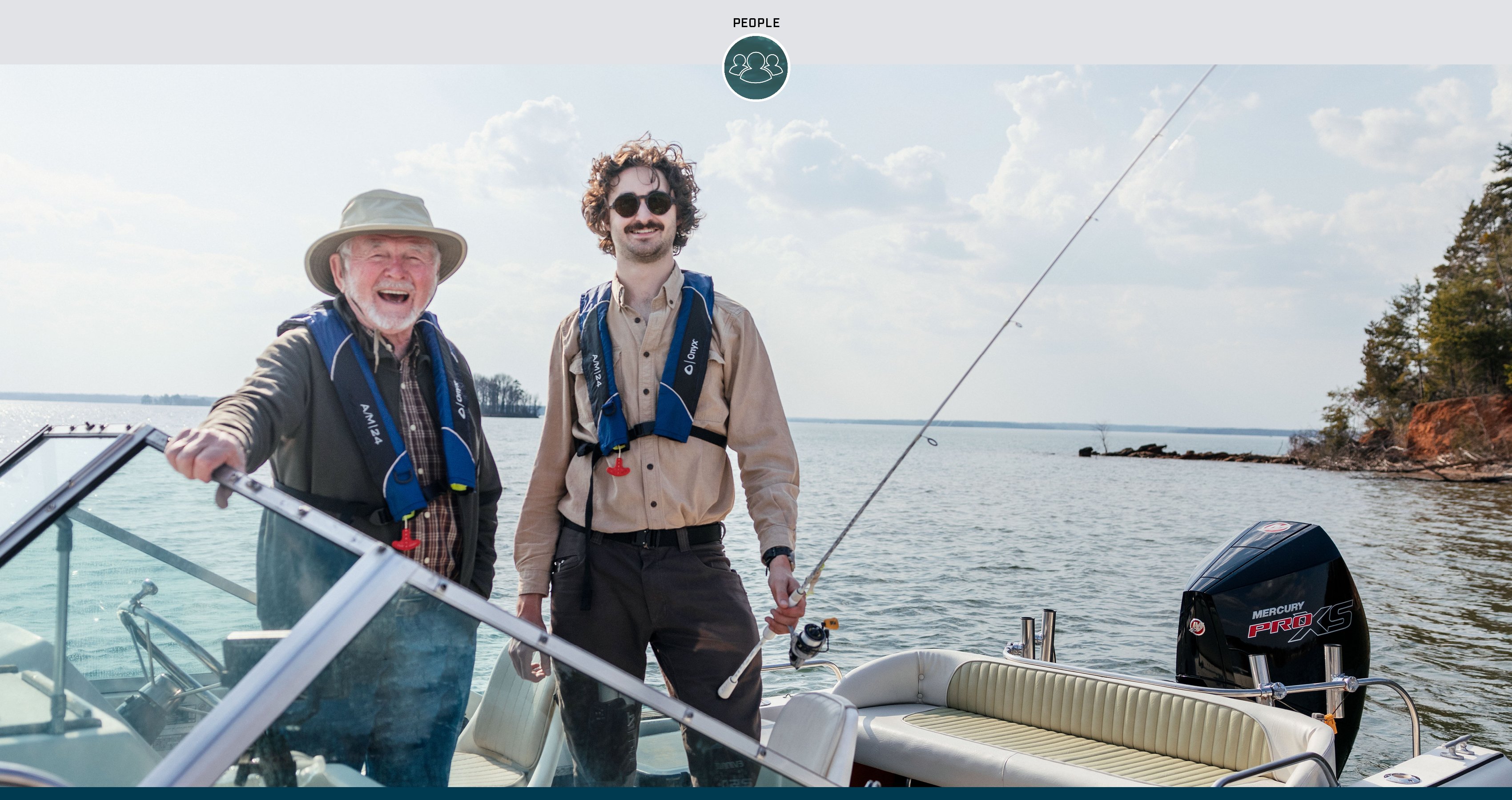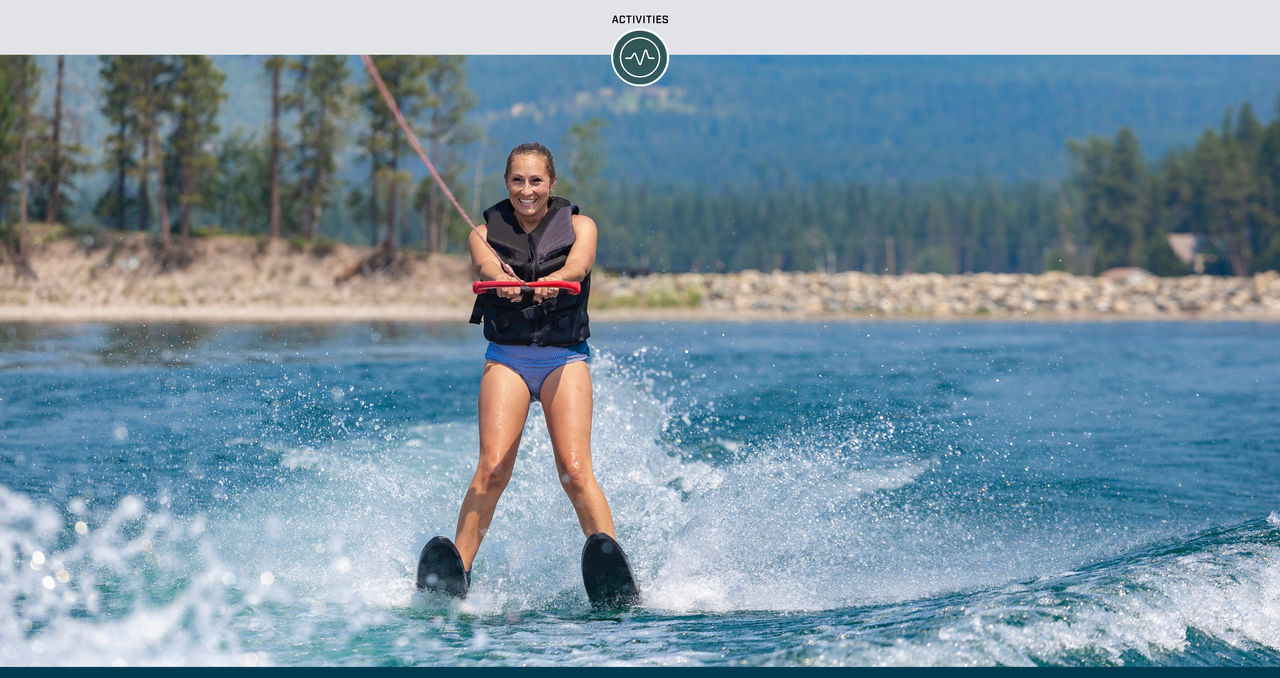Give Them Breathing Room
Be sure to give the skier, boarder, surfer or tuber ahead of you plenty of breathing room. That way, you’ll have time to react if they fall.
If the lake does not have a clearly marked waterski zone, remember the 150-foot rule: Skiing may not occur within 150 feet of a harbor, mooring area, swimming beach, dock, launch ramp or any other location that is posted as closed to waterskiing. That also means staying 150 feet away from anglers and swimmers, and it applies to both the tow-boat driver and the skier.
Some states might be a little more flexible. For example, the Michigan Lakes and Streams Association (MLSA) advises “no wake speed within 100 feet of the shoreline, moored or anchored watercraft, pier, person, raft, swimming area and swimmers.”
Once again, check local regulations. If you’re not sure, err on the side of caution, and stick to 150 feet. There are three exceptions: when you are departing your take-off location; returning to your landing location; or moving at no-wake speed.








